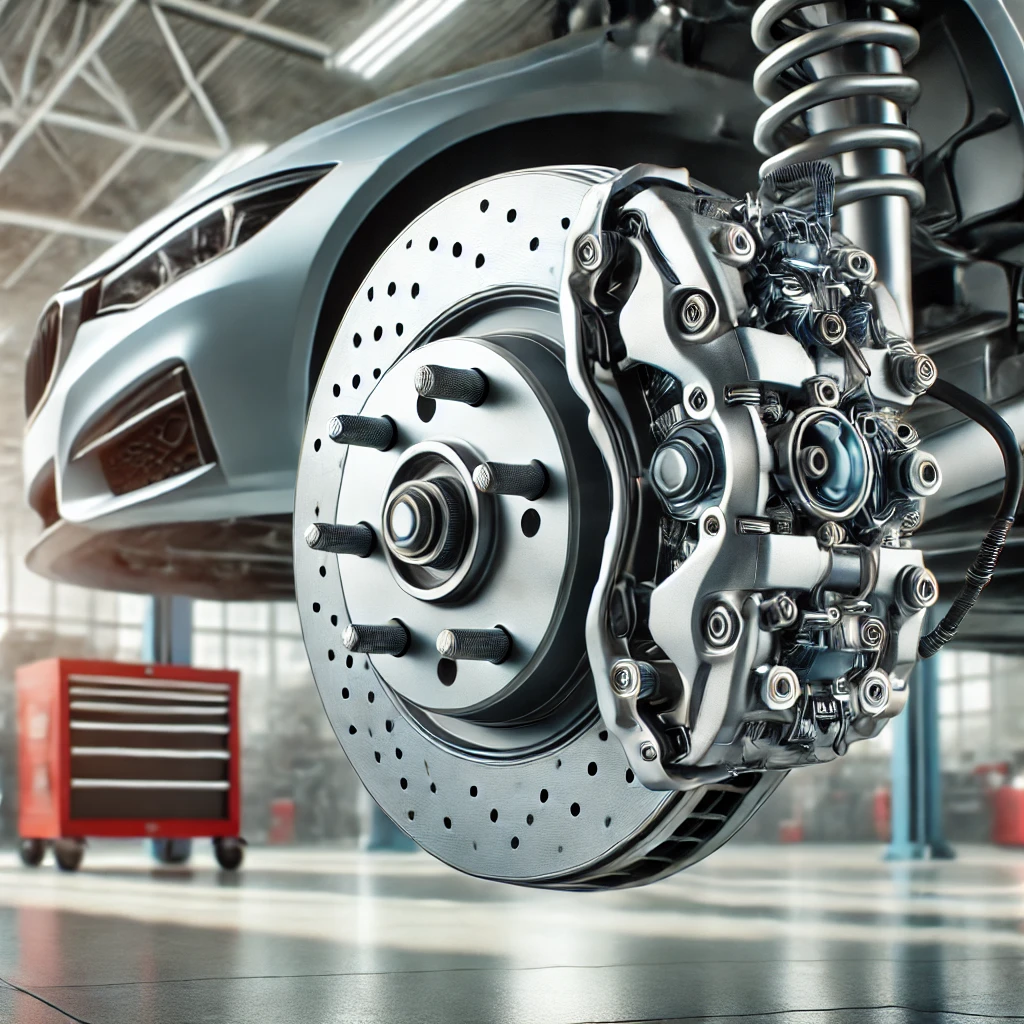How Professionals Diagnose ABS Issues
Before jumping to replacements, certified mechanics perform a thorough diagnosis to pinpoint the problem. Key diagnostic steps include:
- Error Code Scanning: Using OBD-II scanners to identify fault codes.
- Sensor Testing: Inspecting individual ABS sensors on each wheel.
- Brake Fluid Check: Evaluating fluid levels and looking for contamination.
- Visual Inspection: Examining wiring, connections, and the ABS module for physical damage.
Step-by-Step ABS Replacement Process
- Preparation and Safety:
- The vehicle is placed on a lift, and the battery is disconnected for safety.
- Component Removal:
- Faulty ABS sensors, modules, or pump motors are carefully removed.
- New Component Installation:
- Replacement parts, like high-quality ABS modules or sensors, are installed to meet the vehicle manufacturer’s specifications.
- System Calibration:
- Once installed, the ABS system is calibrated using diagnostic tools to ensure proper functioning.
- Testing and Quality Assurance:
- The system undergoes rigorous testing, including simulated braking scenarios, to verify performance.
Why Professional ABS Replacement Is Essential
DIY repairs might seem tempting but often lead to incomplete fixes or further damage. Trusting experts like Mechamz.uk ensures precision, quality parts, and long-term reliability.

